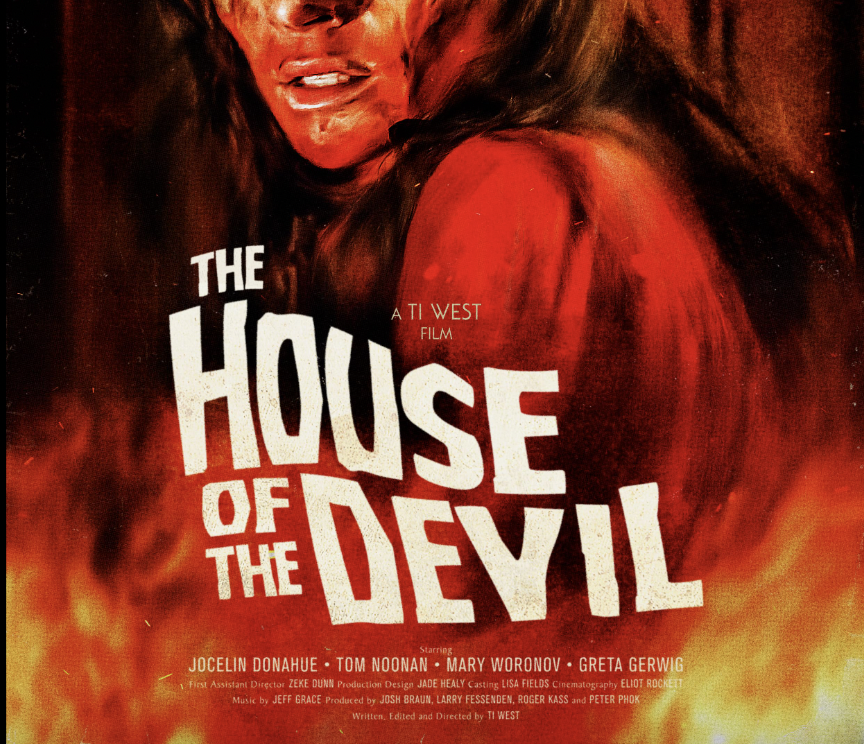Horror as a genre plays on one of man’s most primal instincts. Fear is one of the strongest emotions one can feel, which is why tapping into fear makes horror so appealing. So, it’s no wonder that horror plays a special role in our culture, especially when it comes to movies.
A short film named “The House of the Devil” has been claimed by many as the first-ever horror film. While interesting to see how far we’ve come in terms of filmmaking, this movie doesn’t resemble much of what most consider to be “horror.” While horror movies began to take off at the beginning of the 20th century, the 1950s to 1990s displayed exponential growth as a genre. Genre-defining titles include “Godzilla (1954),” “Psycho (1960),” “The Exorcist (1973),” “The Shining (1980)” and “The Silence of the Lambs (1991).” Decades after their releases, it’s hard to imagine much of a “horror” genre without them.
But with the rising popularity of these films, something was bound to go wrong. Something in the atmosphere began to shift starting in the late 2000s. Audiences became desensitized and quite frankly less scared with the current horror scene. But why?
Part of this was the sheer repetition that saturated the horror film industry. While sequels and reboots existed prior to the 2000s, it grew massively within the 21st century. This combined with a growing subgenre of a subgenre that can best be called “torture/gore porn,” created a quick and easy money-making scheme for any Hollywood executive trying to make a quick buck.
This “torture porn” subgenre stemmed from the increasingly popular slasher already-subgenre of horror that first began with the iconic John Carpenter movie, “Halloween.” Since then, these flicks have only gotten bloodier over time. The biggest example of this in recent history is the “Saw” franchise. While the first “Saw” is a claustrophobic horror masterpiece, with each installment the films become gorier and lazier as the writers are forced to create plot holes and retcons to make the next movie in the franchise.
This trend isn’t only seen with “Saw,” but other franchises as well like “Terrifier” and “Final Destination.” This use of a bloody crutch to make up for lack of horror or fear in these movies has become ever-popular and part of the reason horror movies don’t feel scary anymore.
These two factors, the endless sequels and reboots of beloved classics, as well as a need to replace true fear with blood and guts, have turned the once beloved genre of horror into nothing more than a yearly Hollywood cash grab. This churning out of slop on a yearly basis is reminiscent of movies in the “Marvel Cinematic Universe.”
“Iron Man” came out in 2008 and began what can possibly be described as the single worst butterfly effect in cinema history. The “Marvel Cinematic Universe,” otherwise known as the MCU, gained overnight success and influenced Hollywood’s movie-making process. While incredibly popular, the quality and constant release of new MCU films have left much to be desired.
I bring all this up to say that there is almost a parallel to this effect in the horror world. This “Marvelization” can be tied back to the genre of horror, specifically the mass production of movies with no art or soul in them. This has created a trend of bad horror films that cater to general audiences despite the defining characteristic of horror being to not appeal to general audiences.
While there is a sea of bad horror films as of late that do nothing but try to make a profit by sacrificing quality and care, there are few that stand out as examples of what could be the defining horror of the next century. Films like “I Saw the TV Glow (2024),” “Get Out (2017),” “The X Trilogy (2022-2024)” and others demonstrate how horror has evolved, and how it must evolve to match the fears and attitudes of current audiences.
As Hollywood executives continue to turn out recycled crappy horror flicks, it’s up to us, the viewers, to be more critical of what we watch. By not playing into Hollywood’s hands and refusing to watch films that are recycled versions of previous years’ releases, we can get more films like “Get Out” and less films like whatever “The Conjuring” franchise is.
Felipe Sathler can be reached at [email protected].



















